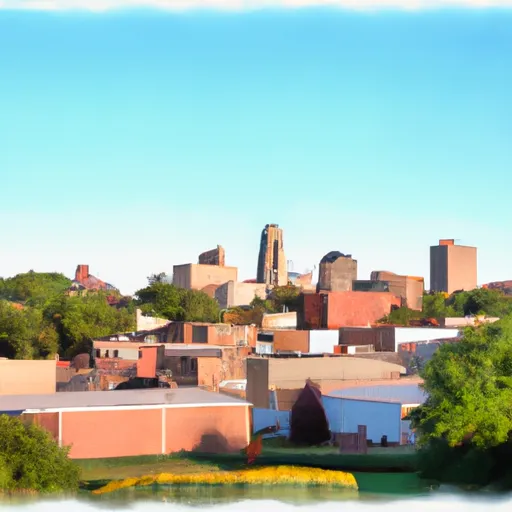°F
°F
mph
Windspeed
%
Humidity











Sumner, Iowa is a small city located in Bremer County, in the northeastern part of the state. The climate in Sumner is classified as humid continental, characterized by hot summers and cold winters. Average temperatures range from the high 70s °F (mid-20s °C) in summer to the low 20s °F (-5 °C) in winter. Precipitation is fairly evenly distributed throughout the year, with an average annual rainfall of around 35 inches (890 mm).
The hydrology constituents in Sumner include several rivers and creeks, with the nearby Wapsipinicon River being the most prominent. The river offers opportunities for fishing, kayaking, and canoeing. Sumner is also home to various parks and green spaces, providing residents and visitors with opportunities for outdoor recreation. The Riverside Park, located along the Wapsipinicon River, offers picnic areas, walking trails, and a boat ramp. The nearby Lake Delhi and Volga River State Recreation Area provide additional options for boating, fishing, camping, and hiking. With its pleasant climate and abundant outdoor recreation opportunities, Sumner is an attractive destination for nature lovers and outdoor enthusiasts.
Weather Forecast
Sumner receives approximately 921mm of rain per year, with humidity levels near 83% and air temperatures averaging around 8°C. Sumner has a plant hardyness factor of 5, meaning plants and agriculture in this region thrive during a short period during spring and early summer. Most plants will die off during the colder winter months.
Regional Streamflow Levels
112
Cubic Feet Per Second
4
Cubic Feet Per Second
62
Cubic Feet Per Second
5
Cubic Feet Per Second
Nearby Camping
| Camping Area | Reservations | Toilets | Showers |
|---|---|---|---|
| Dry Fork | |||
| Paddy Creek | |||
| Lakeview Park - Mexico | |||
| Sever Lake Conservation Area - MDC | |||
| Binder Park | |||
| Piney River Military - Fort Leonard Wood |



